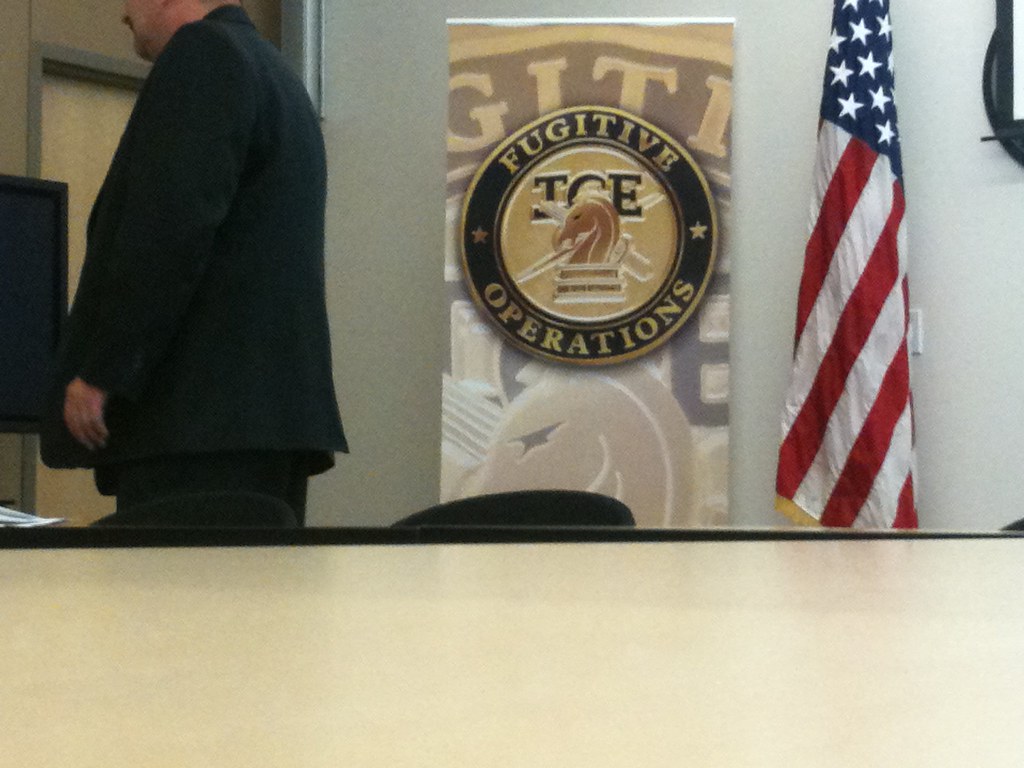Key takeaways:
- Alejandro Juarez, a New York golf club worker, faced wrongful deportation to Mexico.
- ICE sent him on a removal flight without giving him a judge’s hearing.
- Federal rules require immigrants to have a chance in court.
- Officials rushed to find him and reverse the mistake.
- Similar wrongful deportation errors may have harmed other migrants.
Alejandro Juarez spent more than a decade working at a Trump golf club in New York. Suddenly, U.S. Immigration and Customs Enforcement put him on a plane to Mexico. He never got to speak before an immigration judge. This wrongful deportation shocked his family and community.
How the Wrongful Deportation Unfolded
Juarez crossed the Rio Grande illegally from Mexico 22 years ago. He then settled in the U.S. and built a life. Last month, agents arrested him in New York City. In fact, ICE planned to send him to a detention center in Arizona for his hearing. However, officials mistakenly booked him on a deportation flight. As a result, he landed in Mexico without warning.
Federal law entitles most immigrants to a hearing before removal. Yet Juarez had no chance to explain his case. He stood on a bridge over the Rio Grande, handcuffed and confused. He begged agents to let him stay. Still, they had already removed him.
ICE Scramble to Fix the Wrongful Deportation
When ICE realized the error, agents panicked. They exchanged urgent emails. They called detention centers and airports to learn Juarez’s location. Meanwhile, he waited in Mexico, unsure how to return. For example, ICE scrambled to send him back on another flight. Officials worked behind the scenes to correct the wrongful deportation. However, they have not said how often similar mistakes occur.
Internal ICE documents show confusion over Juarez’s case. In fact, ICE does not track how many people face wrongful deportation. Without such data, agents cannot fix systemic errors. Moreover, families fear loved ones could vanish at any time.
Other Cases of Wrongful Deportation
Juarez’s case is not unique. A Salvadoran migrant named Kilmar Abrego Garcia also faced wrongful deportation. Despite a court order blocking his removal, ICE sent him to a harsh prison in El Salvador. Then, they pressed gang charges against him. Even worse, they tried to send him to other countries that would take him. That case took months to resolve.
These stories show how a single mistake can upend lives. Immigrants lose jobs, homes, and families. Yet they often lack resources to fight back. As a result, officials must improve checks and tracking.
What This Means for Immigrants
Wrongful deportation undermines trust in the immigration system. People who live here for years live in fear of sudden removal. Therefore, advocates call for clear rules and better oversight. They urge ICE to log every removal and check legal rights each time. In addition, they want faster routes to correct mistakes.
For immigrants, knowing your rights matters more than ever. If agents detain you, ask for an immigration judge hearing. Keep records of your case and dates of any court appearance. Also, seek legal help quickly to prevent wrongful deportation.
Moving Forward
Alejandro Juarez finally returned to Texas after ICE fixed the error. Yet he faces new challenges. He must rebuild his life and trust the system again. Meanwhile, lawmakers and advocates push for reforms to prevent future wrongful deportation cases. They hope better policies will protect families and ensure fairness.
FAQs
What led to the wrongful deportation of Alejandro Juarez?
He was supposed to go to a detention center for an immigration hearing. Instead, ICE mistakenly put him on a deportation flight to Mexico without a court date.
How did ICE respond when they learned of the mistake?
ICE agents launched an urgent search. They sent emails and made calls to locate him. Then they arranged for his return to the U.S.
Could other immigrants face similar wrongful deportations?
Yes. ICE does not formally track every error. This lack of data means more people could suffer wrongful deportation without knowing why.
What steps can immigrants take to protect themselves?
They should request an immigration judge hearing and keep records of all court dates. Seeking legal help early can also prevent mistakes from becoming permanent.

